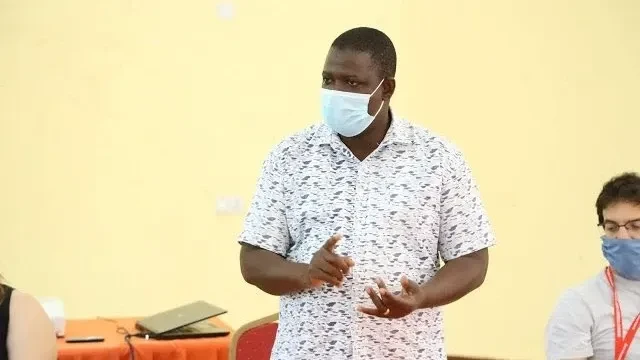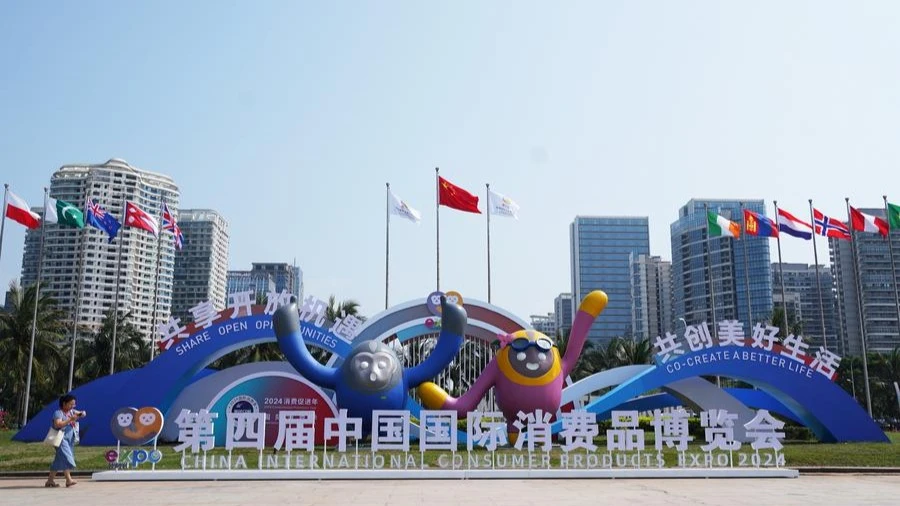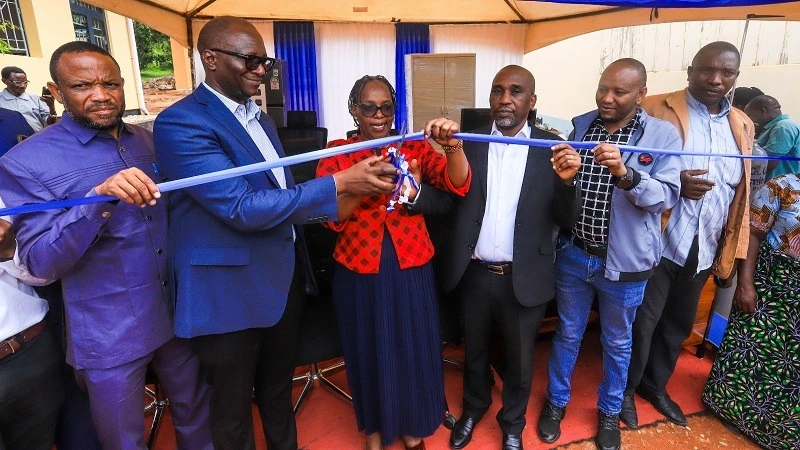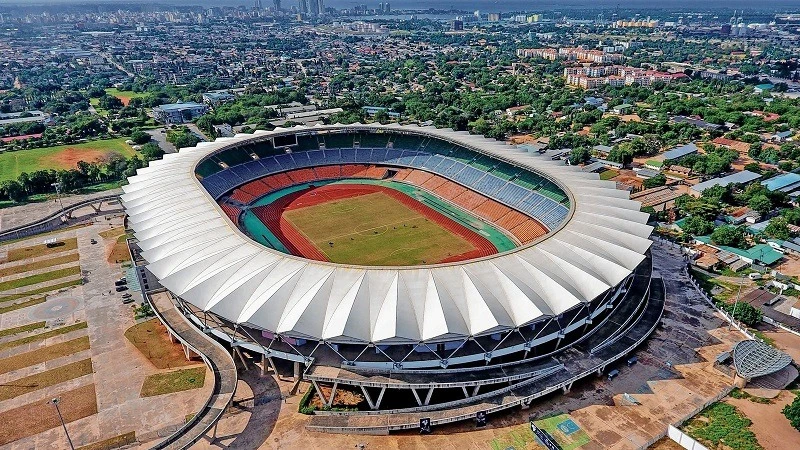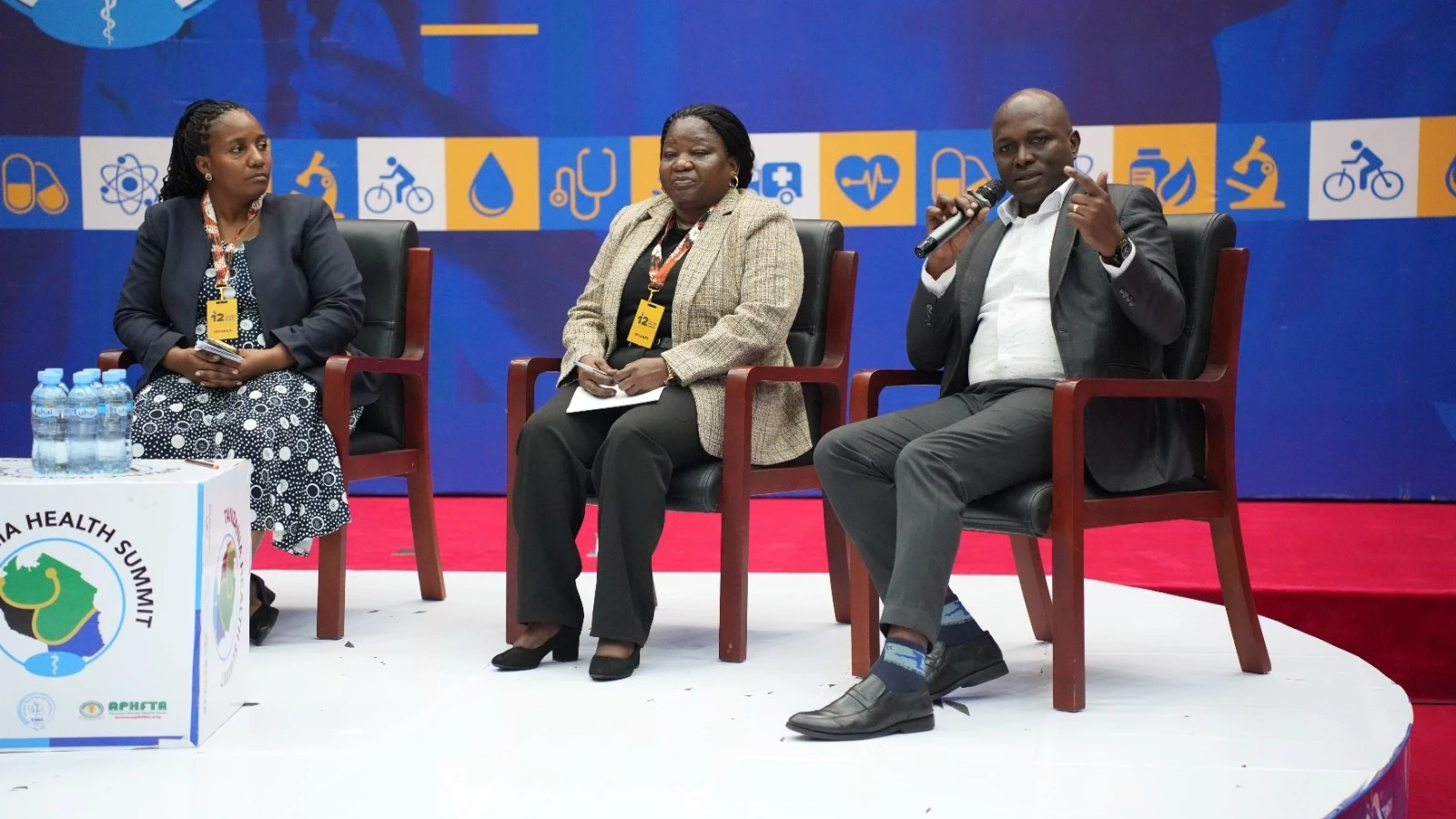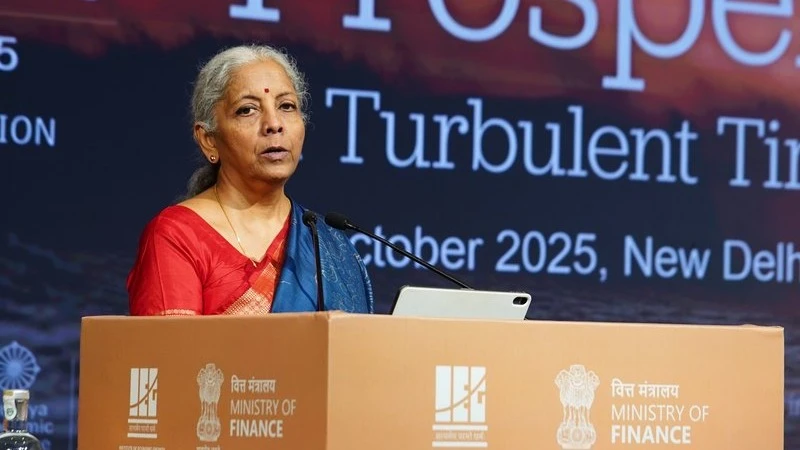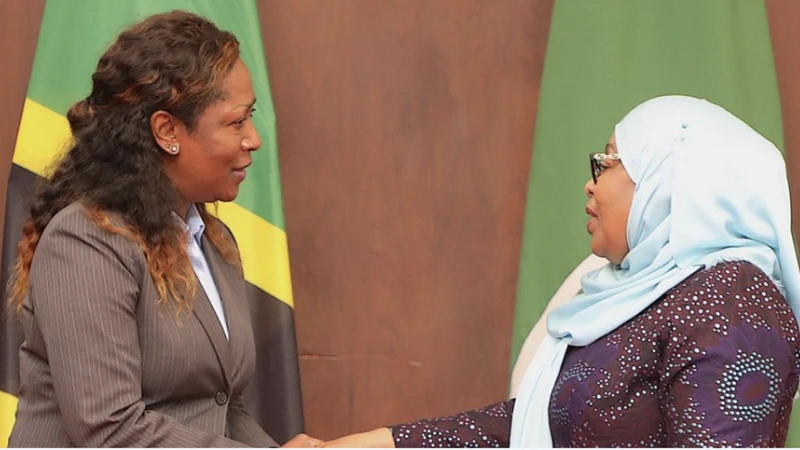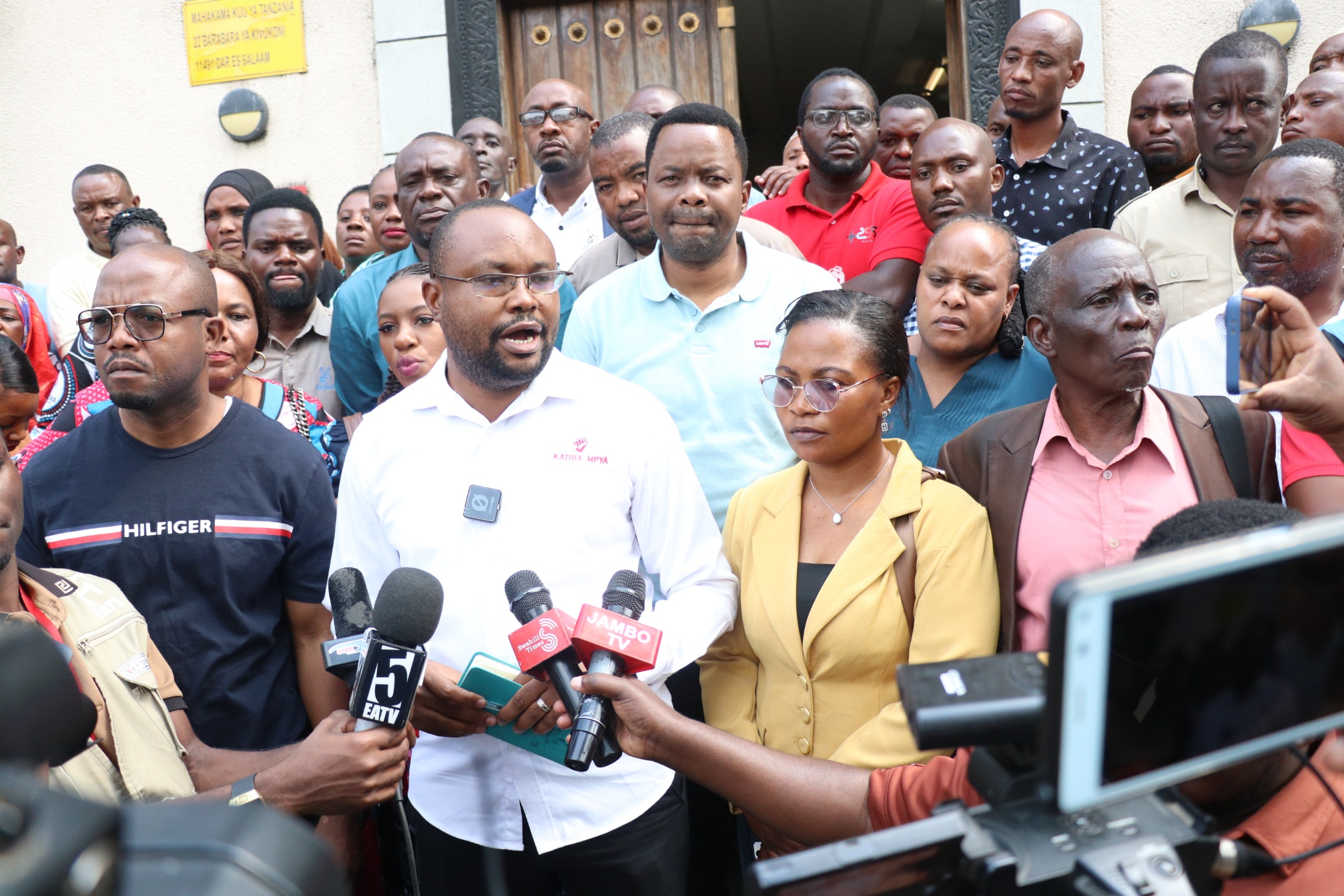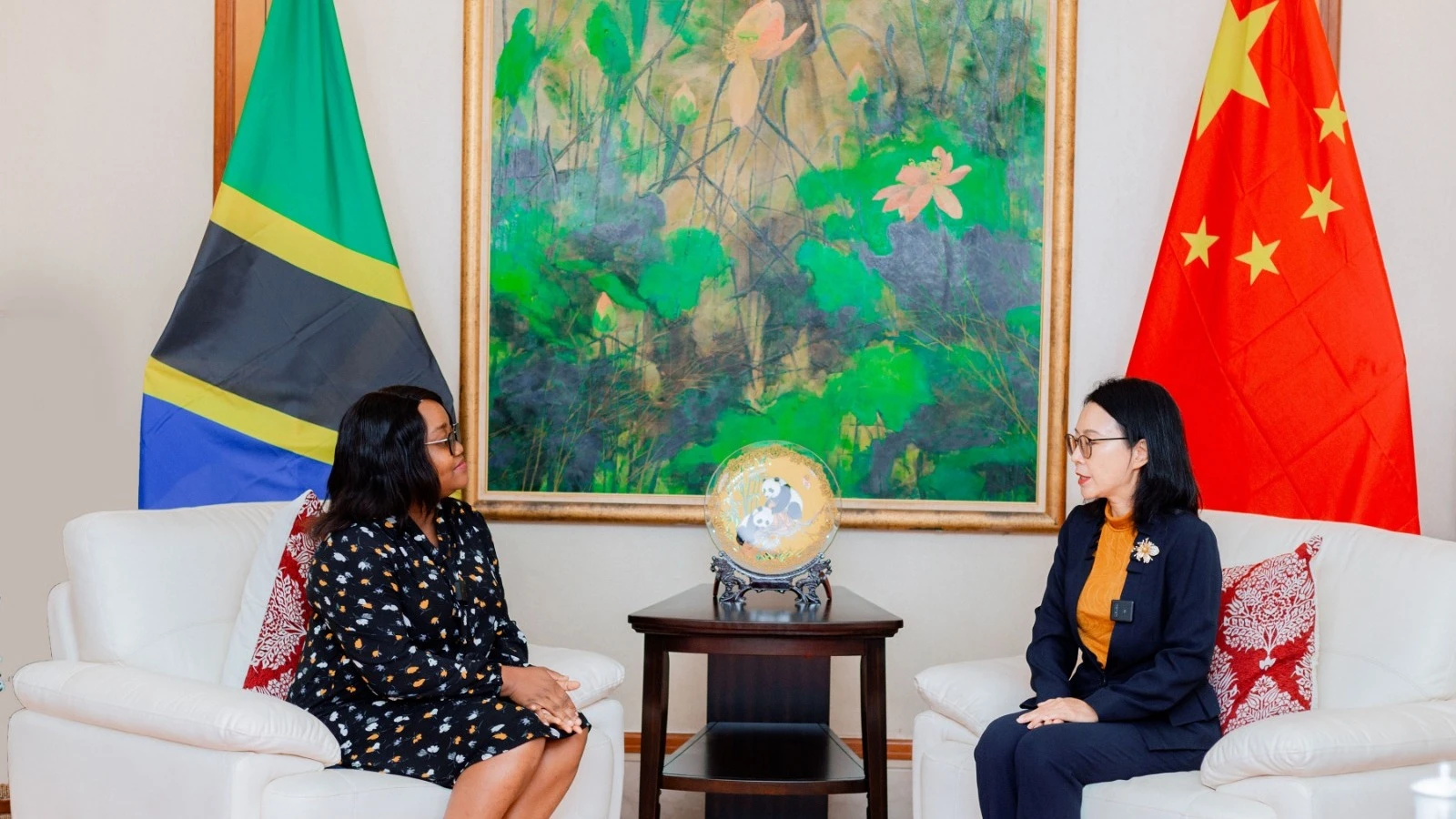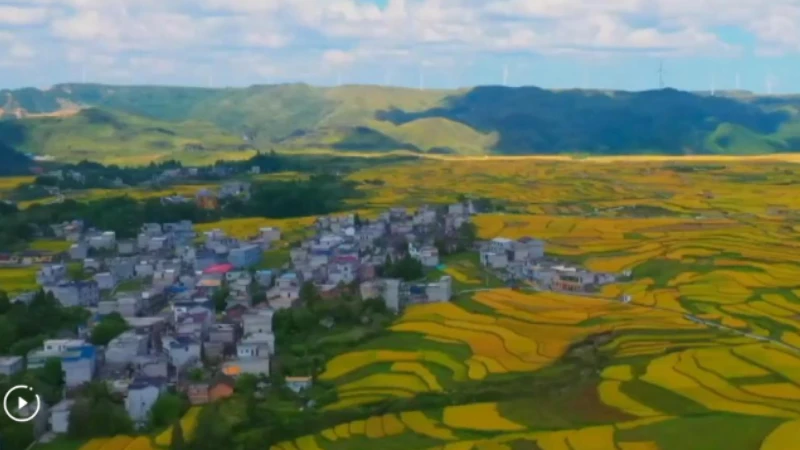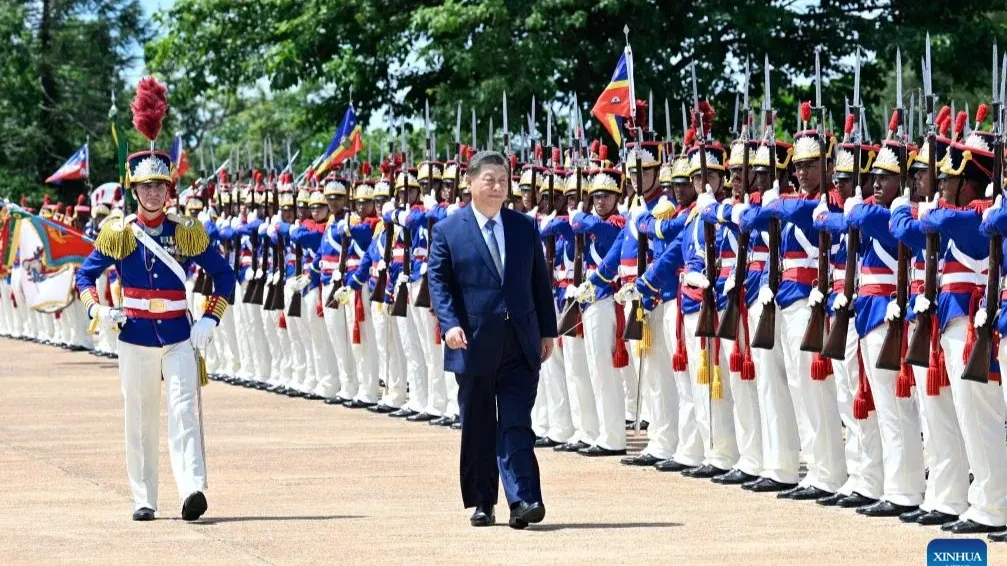Tanzanian scientists pioneering “living stumps” to cut heat stress among farmers
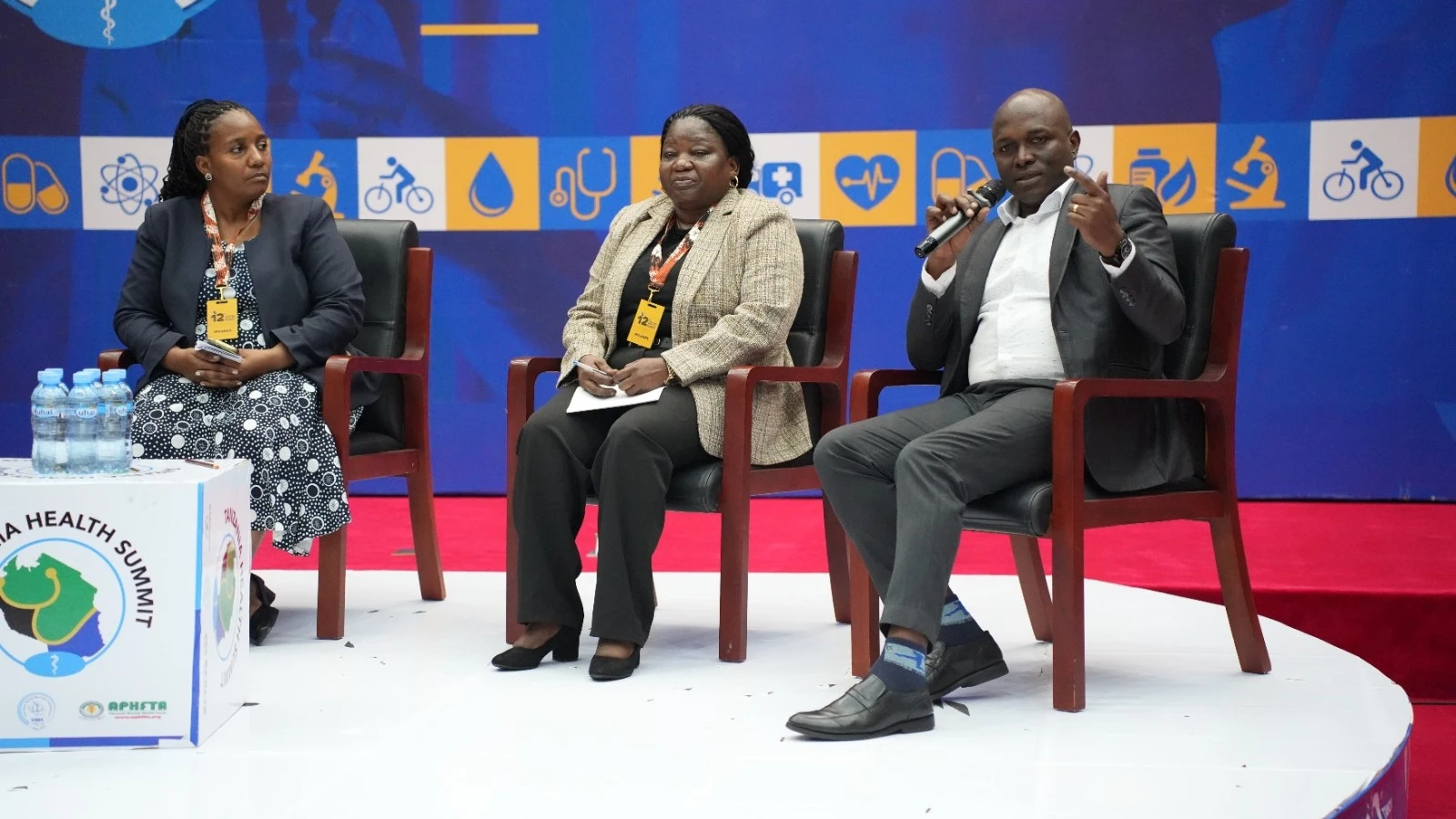
AS Tanzania faces rising temperatures driven by climate change, new research highlights a simple yet powerful ally for reducing heat waves in the countryside. A groundbreaking study—the living stump sustainable heat heat adaptation project—offers scientific evidence that agroforestry not only boosts crop productivity but also protects farmers from the growing health risks associated with extreme heat.
Dr. Faranja Chiwanga, the Muhimbili National Hospital (MNH) director of curative services project leader, said at the 12th Tanzania Health Summit in Dar es Salaam over the weekend that outdoor agricultural workers face an escalating threat from heat-related illnesses.
These include dehydration, chronic kidney disease and cardiovascular strain, thus experts in the project are studying whether the presence of trees can reduce these risks by altering the local environment.
The study is supported by local and international institutions like the London School of Hygiene and Tropical Medicine, the University of Dar es Salaam, the University of Dodoma, the Muhimbili National Hospital, funded by the UK-based Wellcome Trust, a health care equipment group.
He said that farmers participating in the long-running living stump agroforestry initiative—which has helped regenerate more than 30 million trees across 260,000 house- holds—have long reported that trees help cool their fields, and now the evidence is being detailed.
To quantify the effect of trees on farmer health, researchers used wearable sensors to monitor core body temperature and the heart rate. Blood and urine samples were collected to detect signs of heat stress. By comparing farmers working in tree-covered fields with those in exposed croplands and monitoring microclimates with precision instruments, the study is painting a detailed picture of trees’ protective role.
Dr. Peninah Murage, assistant professor of environmental epidemiology at the London faculty and a co-investigator, said that preliminary data from Bahi District clearly shows that farms with tree cover have significantly lower outdoor temperatures and heat index values compared to those without.
Further analysis will determine whether these cooler microclimates result in reduced health risks, she stated, noting that with over 70per- cent of farmers heat stress is not just a health concern but also economic threat.
The lead researcher said that most farms lack basic cooling infrastructure, thus tree cover is an ecological benefit and a vital public health intervention, while Dr. Richard Sambaiga, head of Sociology and Anthropology at UDSM and a co-investigator, praised the farmers’ enthusiasm for the project.
“They’ve embraced the wearable tech and have actively participated. Their engagement has been key to the project’s success,” he said, noting that as global temperatures rise, project findings offer a replicable, low-cost model for climate adaptation—especially in agriculture-heavy countries.
Dr. Ivan Ivanov, an occupational health expert with the World Health Organization (WHO) said that working in a warming world is increasingly hazardous. Governments must prioritize heat protection for agro-sector workers in their national climate adaptation plans, he emphasized.
Dr. Otilia Gowelle, the ministerial director of preventive services, said that the ministry has acknowledged extreme heat as a growing public health threat, with heat-related risks being integrated into the country’s upcoming National Health Adaptation Plan (2025–2030).
“This research directly supports our climate and health strategy,” she said “We’re using this evidence to inform national policy.”
Beyond the data, the project outreach is also helping build long- term capacity, training young re- searchers and strengthening local institutions in climate and health.
“This is more than a study,” Dr. Sambaiga said. “It’s a model of how community-driven, science-based solutions can address the toughest challenges of our time.”
In an era of record-breaking heat waves, the project brings rare good news: planting trees can protect both lives and livelihoods.
“This project is a beacon,” Dr. Murage concluded. “It shows that climate adaptation doesn’t always require complex technology. Some- times, it starts with a seedling.”
Top Headlines
© 2025 IPPMEDIA.COM. ALL RIGHTS RESERVED




